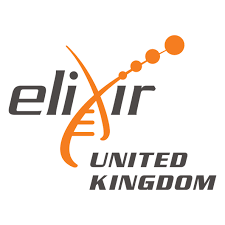GtoPdb is requesting financial support from commercial users. Please see our sustainability page for more information.
Contents
Overview
« Hide
More detailed introduction 
The class A orphan GPCRs have been organised into the subfamilies listed below, to better segregate them based on evidence (or lack of evidence) for endogenous ligand or surrogate ligand interactions, and potential for deorphanization.
Subfamilies
|
Families that contain targets of relevance to immunopharmacology are highlighted in blue |
|
How to cite this family page
Database page citation (select format):
Concise Guide to PHARMACOLOGY citation:
Alexander SPH, Christopoulos A, Davenport AP, Kelly E, Mathie A, Peters JA, Veale EL, Armstrong JF, Faccenda E, Harding SD, Pawson AJ, Sharman JL, Southan C, Davies JA; CGTP Collaborators. (2019) The Concise Guide to PHARMACOLOGY 2019/20: G protein-coupled receptors. Br J Pharmacol. 176 Issue S1: S21-S141.






